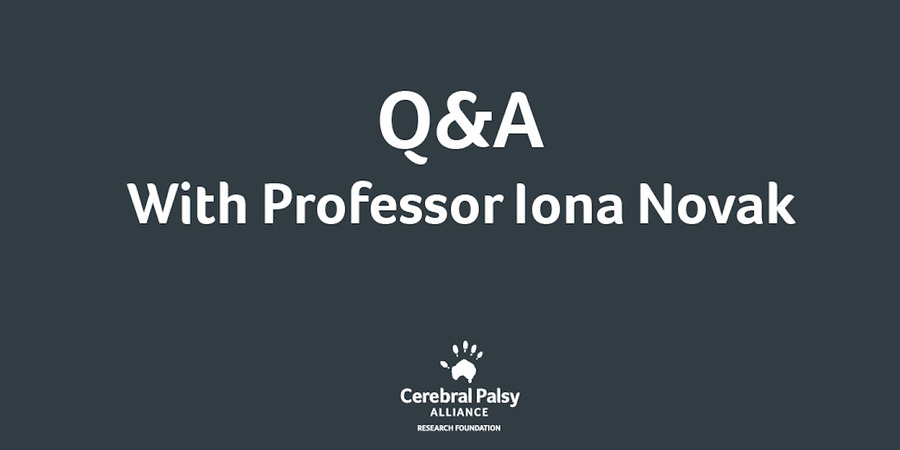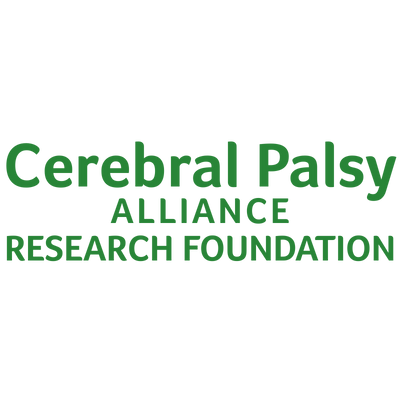
Question: Have there been many advances as far as tools like cooking, getting dressed and your day-to-day activities for someone with cerebral palsy?
Iona's Answer: Yes, there are a number of contemporary evidence-based interventions that help people with cerebral palsy learn to do everyday tasks such as cooking and getting dressed. We are in the process of publishing and International Clinical Practice Guideline that describes these interventions in detail and how to choose and use them.
We found, therapy interventions for children and young people with cerebral palsy (CP) have evolved dramatically over the past 20 years. This evolution has seen a change from a focus on addressing underlying impairments, to focussing directly on what is important to the individual.
Interventions that aim to improve function (such as cooking and dressing) are therapeutic approaches in which the person actively practices the goal or task they wish to achieve (known as “goal-directed” or “task-based” or “whole task practice” approaches). These interventions encompass alike principles in which individual goals are set, and the goal is actively practiced by the individual until the goal or desired outcome is achieved. Examples of specific effective interventions that would help a person learn to cook or getting dressed include: Bimanual Training; Constraint Induced Movement Therapy (CIMT); Cognitive Orientation to Occupational Performance (CO-OP); Context Therapy; Goal Directed Training; Goal Directed Motor Coaching; Goal Directed Home Programs; and Hand Arm Bimanual Intensive Training Including Lower Extremity (HABIT-ILE).
Fri 05 Dec 2025
An update on one of our most important initiatives: expanding access to life-changing assistive technology for Native Americans with disabilities.
Fri 10 Oct 2025
We’re thrilled to share an exciting milestone from CPARF’s Changemakers Program — our inaugural community-voted research study has been selected!



